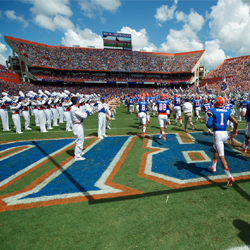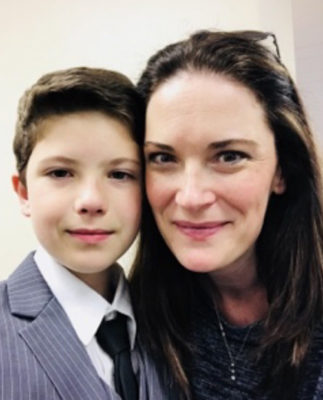Signs that You Have a Broken Bone

Some folklore is passed down from generation to generation within families. My grandmother insisted that “if you don’t throw-up, it isn’t broken.” I was finishing my bachelor’s degree from the University of Florida before heading to medical school at CU. When leaving a Gators football game, I fell, landed on and possibly fractured my outstretched hand. My mother asked, “Did you throw up?” I didn’t. Her response was, “Well, then you didn’t break it.” A malunion is when a fractured bone heals in an abnormal position. It can be caused by not seeking medical treatment after a break. The bones in my hand had to be rebroken to surgically realign the fracture to heal correctly. Later, I graduated from the University of Colorado as an orthopedic surgeon. I can tell you with certainty that throwing up is not a sure sign that you broke something.
A broken bone is the same as a fracture. It can be caused by a fall, a car accident, sports injuries, or osteoporosis which is when bones weaken from aging. How do you know if it is really broken? The hallmarks of a broken bone are swelling, warm bruising, redness, tenderness to the touch, weakness, “pop” at the time of the injury, and pain. Usually, the pain from a fracture is so severe that you can’t put any weight on the injured leg or foot or lose grip strength with the arm or hand. Another obvious sign of a broken bone is deformity. The injured area might look crooked or have lumps from swelling. I had all of these hallmarks but didn’t throw up. If you have any of the real symptoms of a broken bone, you need to have an orthopedic surgeon evaluate it as soon as possible. You don’t want fractures to heal incorrectly like my hand.
As a practicing physician, if I suspect a fracture, I discuss all symptoms with the guest, examine the injury and order X-rays. X-rays provide images of dense structures, like bone, to show fractures, displacement, dislocation, bone spurs, and more. Fractured bones must be set in their proper place and held there in order to heal properly. Some fractures can be stabilized with immobilization. Serious fractures may require open reduction and surgical repositioning, using pins, plates, screws, and rods to hold the fracture in position to heal. My hand has a plate and six screws. My mother and grandmother are smart women. They just had a false narrative that was passed down to them from previous generations. The generational throw-up folklore will not be passed on to my children. Instead, the hallmark symptoms of broken bones will empower them to recognize possible fracture symptoms and respond by going to DOC as soon as possible.
– David Hassinger, MD, CEO, Direct Orthopedic Care
Check out our services page to learn how DOC can benefit you! For more information on the cost of care, click here.



